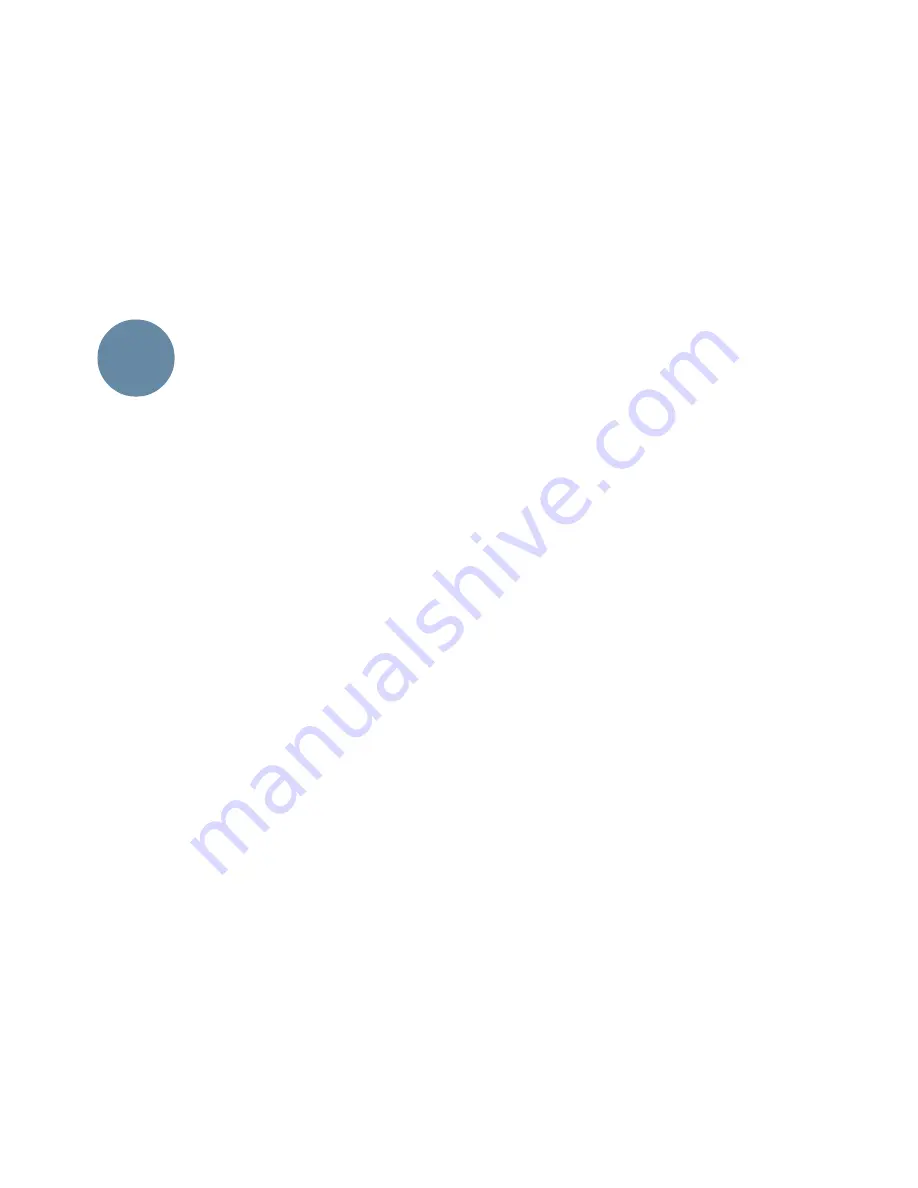
36
as reverb returns. Simply patch the return into a
Line Input, if you have enough inputs to handle
this. (Bonus: you now have console EQ available
on your reverb return. Be sure the AUX Send
feeding that reverb is turned fully down on the
channels being used as reverb returns. If you
don’t, every dog in the neighborhood will want to
hump your leg.)
Using Subgroups
There will be many times during mixing that
you will want to set up subgroups within your
mix. A subgroup allows you use just one or two
(for stereo) faders on a larger group of tracks
(say, drums or horns or background vocals). This
makes for easier control (especially if you do not
have automation), and also allows you to patch
a single (or a matched pair for stereo) EQ or
compressor on the set of tracks.
The Mackie 8•Bus console offers you several
options using subgroups, depending on the
situation.
• To assign channels to a subgroup during
mixing, first de-assign the channels you want
to subgroup from the L/R MIX. Then choose
the bus or pair of buses you’d like to use as a
subgroup and reassign the channels to that
subgroup. The channel pan controls the
selection of buses for a mono subgroup, and
the position between buses for a stereo
subgroup. For example, if you want a mono
subgroup using Bus #1, select 1/2 assign and
pan those channels fully left. Now, in the
Assign area above the submaster faders,
select the combination of L MIX, R MIX and
MONO L+R switches that suit you. The L MIX
and R MIX switches are upstream of the
MONO L+R switches, and must be engaged to
make the Mono switches work. Compressors
or EQs can be inserted into the Submaster
Insert jacks at the top of the Output section.
• Another option is to bypass the bus assign
switching above the 8•Bus masters and
instead patch the output of the bus(es) back
into the inputs of a channel fader or two.
Then assign those channels only to the L/R
MIX to reinsert the subgroup into the mix. If
you have enough input channels, this configu-
ration gives you console EQ and Sends on
your subgroup, which may be handy.
Finding More Inputs: MIX-B to L & R Buses
There are never enough tracks on your re-
corder, and there are never enough inputs on
your console. It’s always the case. Your unbridled
creativity will find ways to use up everything,
whether you are routing the vocals through a
There are three common points for inserting
processing devices in the signal path during mix-
ing:
• In a pre-EQ channel insert point (for one
channel only)
• In a sub-master bus insert point (for a
subgroup)
• In the L/R Mix insert point (to affect the
whole mix)
Send / Return Devices
Since you’re not setting up custom phone cue-
ing while you’re mixing, you will normally have all
six AUXiliary sends available. Use a couple as your
primary reverb sends, perhaps one for a bright
plate and the second the same with a slap or pre-
delay. That leaves you four for special effects. You
can also use the MIX-B outputs or an unused 8-
track bus as additional sends. If you only need to
put the effect on one channel, you can use the
channel Direct Out as a send (and the effects in-
put level as the send level).
Lots of options at this point. Post-fader is al-
most always the preferred mode for reverb
sends. Keep the sends in post unless you don’t
want the reverb to follow the fader moves. If you
want the “wet” sound (lots of reverb), turn the
fader down a bit, and turn up the appropriate
AUX Send to compensate. Now you have less
“dry” signal and more “wet.” Dreamy!
Patch the output of the reverb units to the AUX
Return inputs, which offer level and pan controls,
and assign switches to put your effect where you
want it. Notice that each of the six returns has two
inputs, for a total of twelve. This allows you to send
and return to six stereo effects units and bring all
the reverbs and echoes back in.
Also note: There is no rule against sending on 3
and patching the returns into 5 and 6. If your re-
verb has stereo inputs, try feeding a mono signal,
using just one AUX Send, into its “mono” input.
Most reverbs are not true stereo, input-wise. You’ll
lose nothing and get back an AUX Send.
If you are using a mono effect or only one
channel of a stereo effect, using only the Left in-
put jack of a return will place the effect in the
center of your mix. If you use the Right jack, the
effect will be placed on the right side in your
mix. To put the effect on the left side only, patch
the return into the Left jack, and place an
unwired dummy plug into the Right jack. That
will defeat the left-goes-to-center normalling
and allow the signal to remain on the left in the
mix.
As mentioned above, you can use the AUX Re-
turn inputs as additional inputs to the console if
you wish. You can also use channel input strips
RECORDING
















































